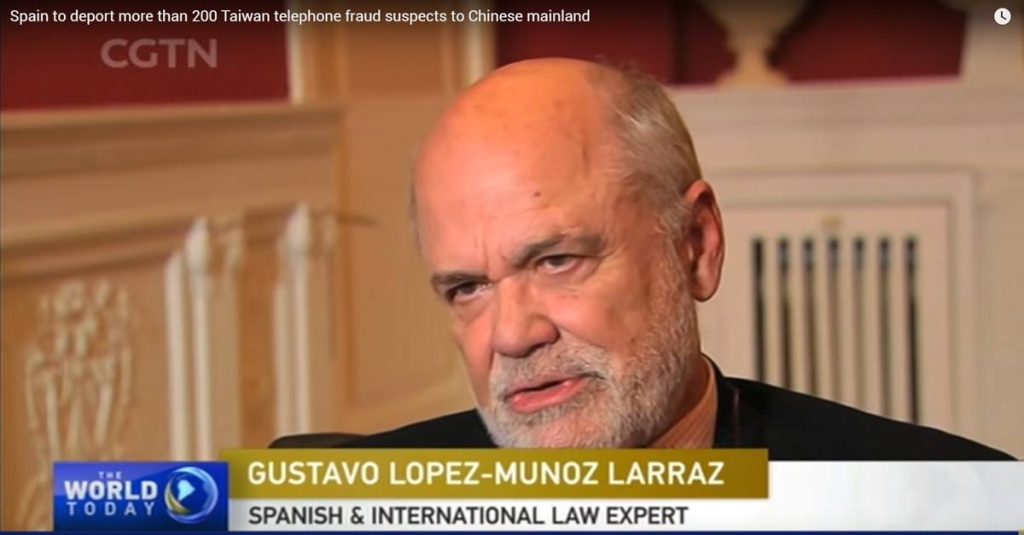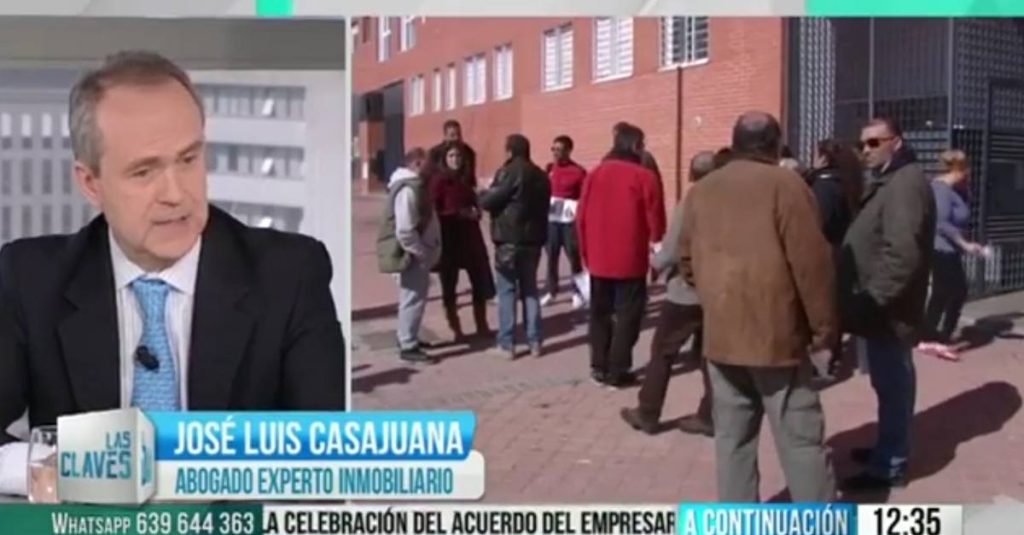The looting of the Spanish Historical Heritage

Spain, due to its extensive and diverse history, is creditor of one of the most important historical heritage in the world. However, this has made it the victim of successive and deep attacks against said heritage both by internal forces (religious persecution, confiscations, national lack of culture) and by external forces (wars, looting, taking advantage of economic misery).
From a legal point of view, I suggest you reflect on three aspects that I consider essential to deal with the dimension of the problem today, providing it with a historical vision that contextualizes it conveniently.
What is meant by looting of Spanish Historical Heritage
First of all, it is necessary to define what is understood by looting of the Spanish Historical Heritage (PHE) since all actions or omissions related to it cannot be understood as looting . This approach to the legal concept will be discussed in this article. In successive articles we will expose the protection of the PHE from the legislative point of view and, finally, the international organizations in charge of ensuring the protection of the universal historical, cultural and artistic heritage (UNESCO) and the means of persecution of its looting (INTERPOL).
We have already mentioned in previous articles the importance of the Spanish Historical Heritage Law (LPHE) of 1985. In art. 4 of the LPHE, an approach is made to the concept of cultural plunder: “any action or omission that endangers the loss or destruction of all or any of the values of the assets that make up the Spanish Historical Heritage or disturbs compliance of its social function”.
Let’s take a closer look at this definition:
- Any action or omission that endangers loss or destruction.
The actions seem clear. Robbery (with violence) or theft (without it) from the legitimate owner or possessor, but also the illegal extraction of pieces from a deposit or the use of deceit or fraud to get hold of the precious assets (hiding the owner from their authentic value to obtain them at a low price). The omissions are more subtle. The lack of care in the conservation or maintenance of PHE assets such as buildings, personal property or deposits.
- Assets that make up the Spanish Historical Heritage.
Due to their importance, they are distinguished in Assets of Cultural Interest (BIC) that are duly registered by the Ministry of Culture and Sports and that are considered the most relevant of our PHE de according to its author, time, state of conservation, etc. Those assets that do not have the singularity and specification of the BICs are recognized within the General Inventory of the PHE but that enjoy special relevance due to their remarkable historical, archaeological, scientific, technical or cultural value.
- Disturbs the fulfillment of its social function.
What is the social function of the goods that make up the PHE? It is evident and indisputable that culture, as an intangible asset, belongs to all members of a certain community. It defines us as a people, identifies us with our own historical heritage and, ultimately, provides us with a connection to our past. Therefore, regardless of the legal ownership of a specific BIC, its specific authorship (Velázquez, Goya, El Greco) makes all Spaniards immaterial co-owners of it. The social function of the PHE is to be preserved and disseminated to future generations that are to come so that they can enjoy it just as we have. The theft for illicit trafficking in works of art or the destruction of a PHE property supposes, from this immaterial point of view, depriving their spiritual owners of the study and enjoyment of these works and, regardless of the individual civil actions of the owner of these works, a looting of all Spaniards is taking place, which the Administration must persecute and sanction.
Is the relocation of cultural assets really pillaging?
At this point we ask ourselves a question: Is the relocation of cultural assets, really, looting?
The cases of the forced transfer of friezes from the Parthenon to the British Museum in London or the Pergamon Altar to the Pergamon Museum in Berlin are famous and well known. In these cases, they were acts of dispossession of an artistic patrimony that belonged to an entire town, deciding the transfer as spoils of war. However, it is undeniable that the current location and technical means used in its maintenance have achieved its conservation and, without a doubt, have been decisive in being saved from destruction or deterioration.
The mere comparison of what is preserved in the original location and what is preserved in those museums is the fundamental argument for the countries that own the pieces to refuse to return them to the countries originally. This is where we must highlight the important research and public outreach work carried out by museums, foundations and collections today and the effort they make to try to obtain their pieces in a lawful and legal manner. This is reflected in the Code of Ethics of the International Council of Museums (ICOM) when, regarding the origin of its pieces, it indicates that:
“every effort should be made to ensure that an item offered for purchase, gift, loan, bequest, or trade has not been illegally acquired or exported from its country of origin or from a country in transit where it could have been lawfully possessed, including the country in which the museum is located. In this regard, due diligence must be exercised to reconstitute the complete history of the object since its discovery or creation.”
This, of course, does not apply retroactively because, if it did, the Louvre in Paris or the National Gallery in London would have to return paintings by Murillo, Velázquez or Zurbarán plundered from Spain in the past.
The Lady of Elche and the works of art belonging to the Monastery of Sijena
But, can it be considered that a relocation of cultural assets from one part of Spain to another is looting? We are going to study two examples of them: the Lady of Elche and the works of art belonging to the Monastery of Sijena (Huesca).
The LADY OF ELCHE was found in an agricultural excavation in that city in 1897. A few months later, the owner of the land where she was found , sold it to the Louvre Museum in Paris where it remained on display until 1941. In that year and through a State agreement where a series of Spanish works of undoubted cultural interest were recovered (Murillo’s Conception, Guarrazar’s Treasure or documents from the Simancas archive), the Lady of Elche returned to Spain where it was exhibited at the Prado Museum in Madrid and, from 1971, at the National Archaeological Museum. Given its uniqueness and cultural importance, the Lady of Elche has always been considered a BIC owned by the State and immaterial to all Spaniards. For this reason, its custody and exhibition in a state-owned archaeological museum in the capital of Spain cannot be considered a plunder of any community (the city of Elche or the Valencian Community) but rather favors, without a doubt, its exhibition, its dissemination and its enjoyment, for all members of the Spanish community.
Between 1982 and 1995, the nuns residing in the SIJENA MONASTERY (Huesca) sold up to 97 pieces (paintings, reliefs, sculptures, tomb boxes and other objects) of high cultural value to the Generalitat of Catalonia, which, since then, has exhibited them at the National Art Museum of Catalonia (MNAC) and at the Lleida Museum. After a judicial dispute of several years between the City Council of Sijena and the Government of Aragon on the one hand, and the Generalitat of Catalonia and the MNAC on the other, on 11/30/2017 the Provincial Court of Huesca issued a sentence (EDJ 2017/ 251174) that resolved in favor of the Aragonese, annulling the sales made in its day. This judgment determined that there was pillaging, arguing that:
“the Monastery must be considered as an indivisible whole and that adequate protection of cultural heritage is not compatible with the disintegration of a monumental complex . (…) the assets that are the subject of this lawsuit can be considered as physically separable, but for centuries they were integrated into the monumental complex with which they formed an indivisible whole”. And, what’s more, it considers that “art. 18 of the LPHE, for its part, states that a property declared an asset of cultural interest is inseparable from its surroundings and that it cannot be moved or removed. We do not consider it relevant, for all these reasons, that there is no historical certainty that the goods were found in the rooms or places of the Monastery expressly mentioned by the declaration of national monument, since they have been in the Monastery itself and have formed part of it for several centuries, a fact that does not seem to be the subject of controversy, without us being able to assume the theory that some parts of the Monastery would be considered a national monument and others would not, which does not seem to respond to a logical interpretation that responds to the maintenance of the integrity of an artistic work, which is precisely due to the set of all the elements that compose it. The litigious assets, in short, are part of an indivisible set that, precisely as such set, has the category of cultural interest asset”.
In conclusion, the LPHE of 1985 makes very clear what is meant by plunder and establishes the bases for the protection of the PHE by the authorities. However, any “action or omission” that can be considered as plunder and that is attributable to dates prior to the promulgation of that law, will always be endowed with a subjective interpretation of the circumstances as we have seen in the cases studied.
[fusion_highlight color=”rgba(0,144,142,0.3)” rounded=”no” class=”” id=””]You may be interested in: “Assets of cultural interest. Objective limitations on property rights ” – “Goods included in the general inventory of Historical Heritage Spanish“



















